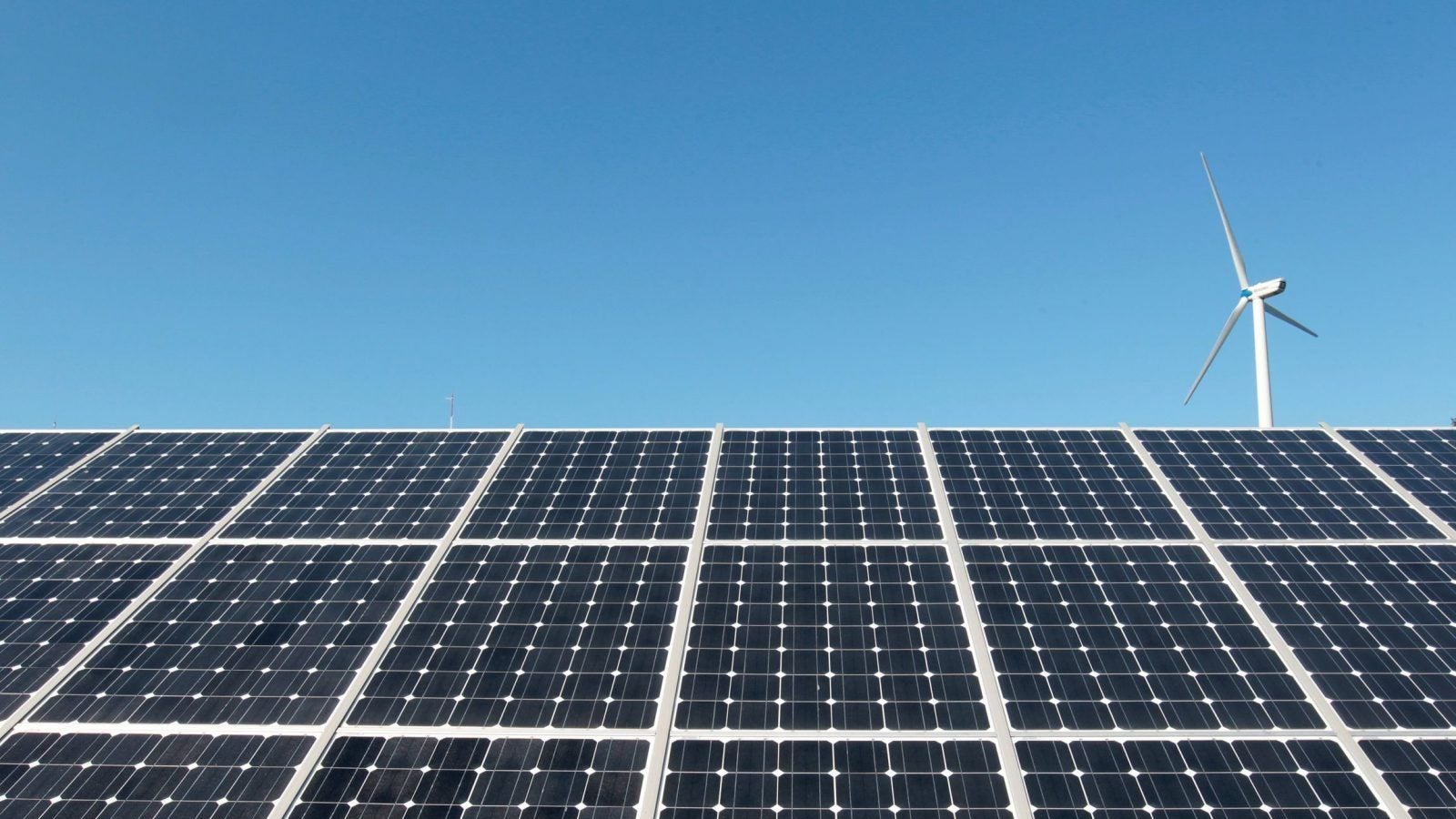India added more energy capacity from renewables than coal last year
For the first time ever, India has added more production capacity from renewable energy in a year than from conventional sources like coal.


For the first time ever, India has added more production capacity from renewable energy in a year than from conventional sources like coal.
Between April 2017 and March 2018, the country added around 11,788 megawatts (MW) of renewable energy capacity. That’s more than double of the 5,400 MW of capacity addition in the thermal and hydro power sectors during the same period.
The numbers are in sync with the Narendra Modi government’s plan to promote renewable power, targeting capacity additions of 175,000 MW from renewable sources by 2022.
Yet, new capacity in major sectors like wind and solar power has fallen short of targets. Instead, it is energy sources like small hydro, waste-to-energy, and biomass that have picked up pace, and even surpassed the annual targets set by the government.
The country’s wind power sector added around 1700 MW of capacity during the last financial year, far short of the targeted 4,000 MW. This was predominantly due to issues with the implementation of a policy change that the government introduced in 2017. The problems have since been fixed, and the sector is getting back on its feet.
Meanwhile, the solar power sector just about managed to go past its annual target of 9,000 MW last year. The target was revised downward from the 15,000 MW set in 2016. This sector, too, had a rough year due to policy uncertainties and fewer government tenders for setting up solar power projects.
The rooftop solar sector added around 350 MW in capacity, woefully short of the 1,000 MW target that was scaled down by the government from 5,000 MW last year.
Small is big
Albeit on a much smaller scale compared to wind and solar power, investments in clean technologies such as waste-to-energy or biomass power have been on the rise. The waste-to-energy sector, in particular, is seeing an increase in activity with several startups coming up with innovations, and the segment added 24 MW of capacity over the last year, far exceeding the 10 MW target.
“While we keep focusing on solar all the time, the entire private sector space, entrepreneurs are looking at other areas as well,” Kanv Garg, director of renewables and electric mobility at advisory firm EY, told Quartz. “People are now thinking about how to collect waste in the most economical manner, how to cut short the supply chain, which is a huge cost, and how to get money out of the entire space.”
The biomass sector, too, installed more capacity than the target last year, and the Indian government is beginning to pay more attention to bringing in policies and incentives for biomass power producers, according to industry observers.
“There is thinking on whether instead of doing crop residue burning what if you can (develop) a sourcing system where you aggregate agricultural residue and convert that into biomass pellets,” Kanika Chawla, a renewable energy expert at Delhi-based nonprofit Council on Energy, Environment, and Water (CEEW), told Quartz.
The small-hydro power segment (projects of less than 25 MW capacity) also managed to exceed its annual target, although the longer-term target of 10 GW by 2022 may still be an uphill task.
Nonetheless, much of the country’s renewable energy growth will still come from wind and ground-mounted solar power projects. These operate on a much larger base, with a raft of government incentives or policies that other emerging renewables technologies lack.
Also, financial support, critical for the growth of the renewable energy industry, is still missing for some segments. “From the lenders’ point of view, they are very much skeptical on small hydro and biomass,” Ankur Agarwal, a renewable energy analyst with India Ratings and Research, told Quartz. “Biomass has problems with fuel availability, and small hydro is a very seasonal business, so assurance on cash flows is very less…lenders are not very positive.”